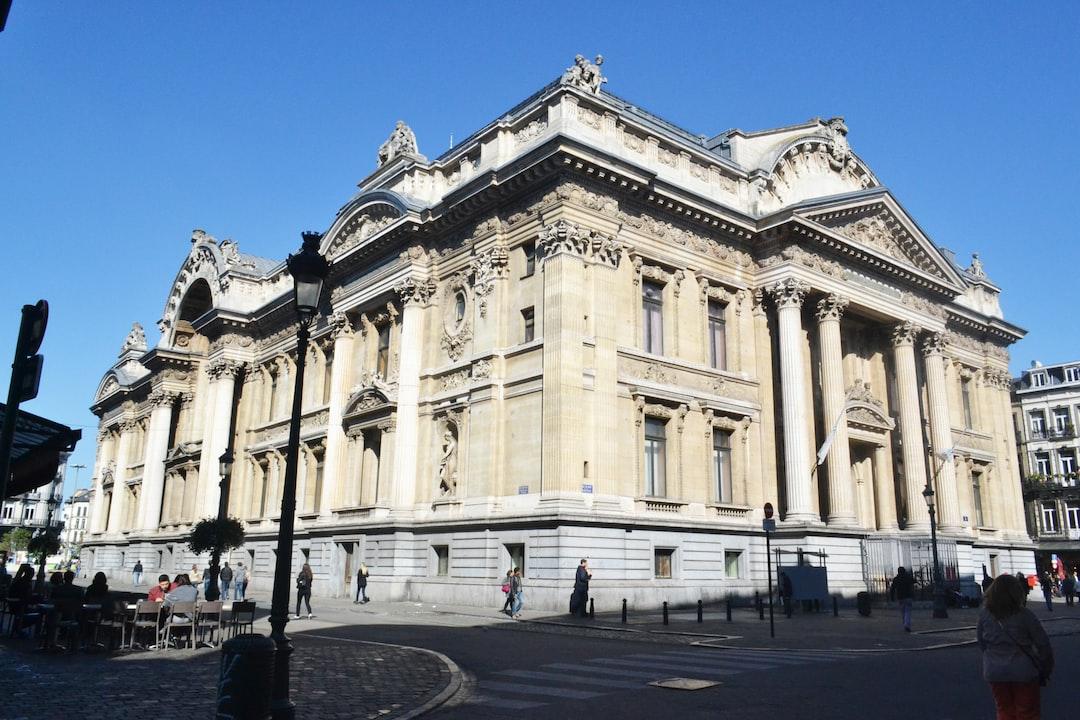The Blast network, a layer 2 solution built on Ethereum, has been gaining significant attention in the community, although some critics have labeled it a pyramid scheme. Created by Tieshun Roquerre, also known as Pacman, the founder of the Blur NFT marketplace, Blast provides users with a native return model for Ethereum and stablecoins, charging fees of 3.4% and 8% respectively. However, there were initial concerns as users were unable to withdraw their funds, leading to accusations of a pyramid scheme. Blast operates as a layer 2 network that handles staking for its users, allowing them to earn native yield. Assets are automatically linked to the Ethereum mainnet, where they are staked and generate interest. The returns on user deposits are ensured through staking ETH in the Lido liquid staking protocol or generating income through the MakerDAO defi protocol for stablecoin deposits. The interest rates are cumulative, meaning they are applied to the balance over time rather than the initial deposit. Blast Points and Blast Gold are additional features offered by Blast. Users can earn Points through various activities, including deposits, inviting new users, and participating in projects on the Blast blockchain. Blast Gold is a mechanism that distributes ecosystem financial projects to users, with the amount of funds deposited having a significant impact. The Points and Gold earned by users were converted into BLAST tokens during an airdrop. Blast has gained momentum quickly, surpassing many existing layer 2 protocols in terms of user deposits and monthly active users. Within four months of its launch, the network attracted millions of user deposits and achieved a total value locked of over $2 billion. However, there have been accusations of fraud surrounding the airdrop campaign. Some members of the crypto community claimed that Blast is a scam, and its founder is a serial scammer. Concerns were also raised about the distribution of phishing links and fake advertisements related to the airdrop. Despite the controversy, Blast developers have ambitious plans for the future. They aim to deploy their application infrastructure and crypto wallet on the Blast network, with the goal of competing with popular wallets like MetaMask. The developers believe that optimizing both the infrastructure and the set of apps will give Blast an edge over its competitors. The initial incentive system focuses on decentralized exchanges and other blockchain applications that meet market demands. The profitability calculation system is expected to attract more users to the project. Overall, the innovative features and potential for additional income have made Blast a topic of conversation among a wide audience. Its ability to offer returns for frozen funds has attracted many users and investors.
Subscribe to Updates
Get the latest creative news from FooBar about art, design and business.

